Glass Bottle Upcycling: DIY Terrariums
Are you tired of looking at those empty glass bottles cluttering your space? Well, it's time to turn that trash into treasure! Upcycling glass bottles into stunning terrariums is not only a fun and creative project, but it also contributes to a more sustainable environment. Imagine transforming those discarded bottles into vibrant ecosystems that can brighten up any corner of your home. In this article, we will dive into the exciting world of glass bottle upcycling, providing you with step-by-step guidance to create your very own DIY terrariums. Whether you're a seasoned craft enthusiast or a curious beginner, this guide will equip you with all the knowledge you need to get started on this rewarding journey.
First off, let's talk about the benefits of upcycling. When you choose to upcycle, you're not just giving new life to glass bottles; you're also making a conscious decision to reduce waste. Did you know that glass takes thousands of years to decompose in landfills? By upcycling, you help decrease the amount of waste that ends up in these places, making a positive impact on our planet. Plus, there’s something incredibly satisfying about taking something that would otherwise be discarded and transforming it into a beautiful piece of art. It’s like giving a second chance to those bottles, and in the process, you get to unleash your inner artist!
Now, you might be wondering, "What types of glass bottles should I use for my terrarium?" Great question! The type of bottle you choose can significantly affect the overall look and feel of your terrarium. From wine bottles to mason jars, each type has its unique characteristics that can enhance your project. For example, wine bottles offer a sleek and elegant design, perfect for larger terrarium displays, while mason jars are versatile and accessible, making them an excellent choice for beginners. In the sections that follow, we will explore these options in detail, helping you make informed decisions about which glass bottles will best suit your creative vision.
As we embark on this upcycling adventure, remember that the key to a successful terrarium lies not only in the bottle you choose but also in how you prepare it. Cleaning, cutting, and sealing your glass bottles properly is essential for creating a thriving environment for your plants. We'll provide you with a comprehensive guide on how to prepare your bottles, ensuring that your terrarium not only looks stunning but also functions effectively.
Ultimately, the joy of creating a DIY terrarium goes beyond aesthetics. It's about nurturing a living ecosystem right in your home. Choosing the right plants is crucial for the health and longevity of your terrarium. From succulents to tropical plants, understanding their care requirements will help you create a balanced environment that flourishes. We’ll delve into the differences between these plant types and guide you in selecting the best options for your glass bottle terrarium.
So, are you ready to roll up your sleeves and get crafting? Let’s dive into the wonderful world of glass bottle upcycling and discover how to create breathtaking terrariums that reflect your unique style while contributing to a sustainable future!
- What types of plants are best for terrariums? Succulents and tropical plants are popular choices, each with unique care needs.
- Can I use any glass bottle for my terrarium? Yes, but some bottles work better than others. Wine bottles and mason jars are particularly effective.
- How do I maintain my terrarium? Regularly check moisture levels and adjust watering as needed. Remove any dead leaves to keep it healthy.
- Is it difficult to create a terrarium? Not at all! With the right guidance, anyone can create a beautiful terrarium.

Benefits of Upcycling Glass Bottles
Upcycling glass bottles is not just a trendy hobby; it's a fantastic way to contribute to a more sustainable world while unleashing your inner artist. By transforming what would typically be considered waste into stunning terrariums, you engage in a creative process that benefits both the environment and your personal well-being. Imagine walking into your home, greeted by a vibrant, living piece of art that you crafted yourself. How satisfying is that?
One of the most significant benefits of upcycling is the **reduction of waste**. Glass is a material that can take thousands of years to decompose in landfills. By repurposing these bottles, you are actively participating in reducing the amount of waste that ends up in our environment. This small act can have a ripple effect, inspiring others to think creatively about their waste and consider alternatives to throwing things away.
Moreover, the process of upcycling fosters **creativity and innovation**. When you take a step back and look at a glass bottle, you might see just that: a bottle. But with a little imagination, it can become a beautiful terrarium, a candle holder, or even a unique vase. This transformation requires you to think outside the box, and the satisfaction derived from creating something new from something old is incredibly rewarding. It’s like turning a caterpillar into a butterfly, where you witness the beauty of transformation firsthand.
Additionally, upcycling can lead to **financial savings**. Instead of purchasing expensive decor or planters, you can create your own stunning pieces at little to no cost. This is especially beneficial for those who enjoy home decor but may not have the budget to splurge on high-end items. With just a little effort and creativity, you can make your home feel fresh and inviting without breaking the bank.
Lastly, there’s a sense of **community and connection** that comes with upcycling. Many people share their upcycling projects online, creating a supportive network of enthusiasts who inspire each other. You can join workshops, attend local craft fairs, or even participate in online forums that celebrate the art of upcycling. This sense of belonging can enhance your overall experience, making it more enjoyable and fulfilling.
In summary, the benefits of upcycling glass bottles are vast and varied. From reducing waste and saving money to boosting creativity and fostering community, this practice not only enriches your life but also contributes positively to the planet. So, why not grab that old bottle and start your journey into the world of terrarium crafting? You might just surprise yourself with what you can create!

Choosing the Right Glass Bottles
When it comes to crafting stunning terrariums, the choice of glass bottles is more than just a matter of aesthetics; it’s about creating the perfect environment for your plants to thrive. The right bottle can transform your vision into reality, while the wrong choice might leave you frustrated and disappointed. So, what should you look for? First and foremost, consider the shape and size of the bottle. A larger bottle might give you more space to work with and allow for a diverse range of plants, while a smaller bottle can create an intimate setting that showcases a single species or a small group of plants.
Next, think about the opening of the bottle. A wider opening allows for easier access when planting and maintaining your terrarium, while a narrow neck can create a more enclosed environment that might be suitable for specific plant types. Additionally, you’ll want to consider the transparency of the glass. Clear bottles allow maximum light to reach your plants, which is essential for their growth. However, colored or frosted bottles can add a unique touch to your design, creating a more artistic effect.
Here’s a quick rundown of popular bottle types and their characteristics:
| Type of Bottle | Characteristics | Best For |
|---|---|---|
| Wine Bottles | Sleek design, larger capacity | Large terrariums with multiple plants |
| Mason Jars | Versatile, easy to find | Small to medium-sized terrariums |
| Soda Bottles | Lightweight, often colorful | Creative and fun terrarium designs |
Now that we’ve covered the basics, let’s dive a little deeper into some specific bottle types. For instance, wine bottles are fantastic for creating larger terrariums. Their elongated shape allows for a vertical display of plants, which can be incredibly eye-catching. To prepare a wine bottle, you might need to remove the label and clean it thoroughly. Some enthusiasts even choose to cut the bottle to create a unique opening, but this requires careful handling and safety precautions.
Mason jars, on the other hand, are the go-to choice for many beginners. They are not only affordable and widely available, but they also come in various sizes. The wide mouth of a mason jar makes planting and maintenance a breeze. When using mason jars, consider layering your materials carefully to ensure proper drainage and airflow. This is crucial for maintaining a healthy ecosystem within your terrarium.
In conclusion, choosing the right glass bottle for your terrarium is a blend of personal preference and practical considerations. Whether you opt for a sleek wine bottle, a classic mason jar, or even a quirky soda bottle, the key is to ensure that the bottle meets the needs of the plants you wish to cultivate. Remember to keep your aesthetic vision in mind, but also prioritize the health and well-being of your green companions.
Q: Can I use any type of glass bottle for my terrarium?
A: While you can technically use any glass bottle, it's best to choose ones that provide adequate space, light, and ventilation for your plants.
Q: How do I clean my glass bottles before using them?
A: Clean your bottles with warm soapy water and a soft brush to remove any residue. Rinse thoroughly to ensure no soap remains.
Q: Are there any plants that do better in specific types of bottles?
A: Yes! For instance, succulents thrive in well-draining environments, making them suitable for mason jars, while tropical plants may prefer the more humid conditions of a closed wine bottle terrarium.
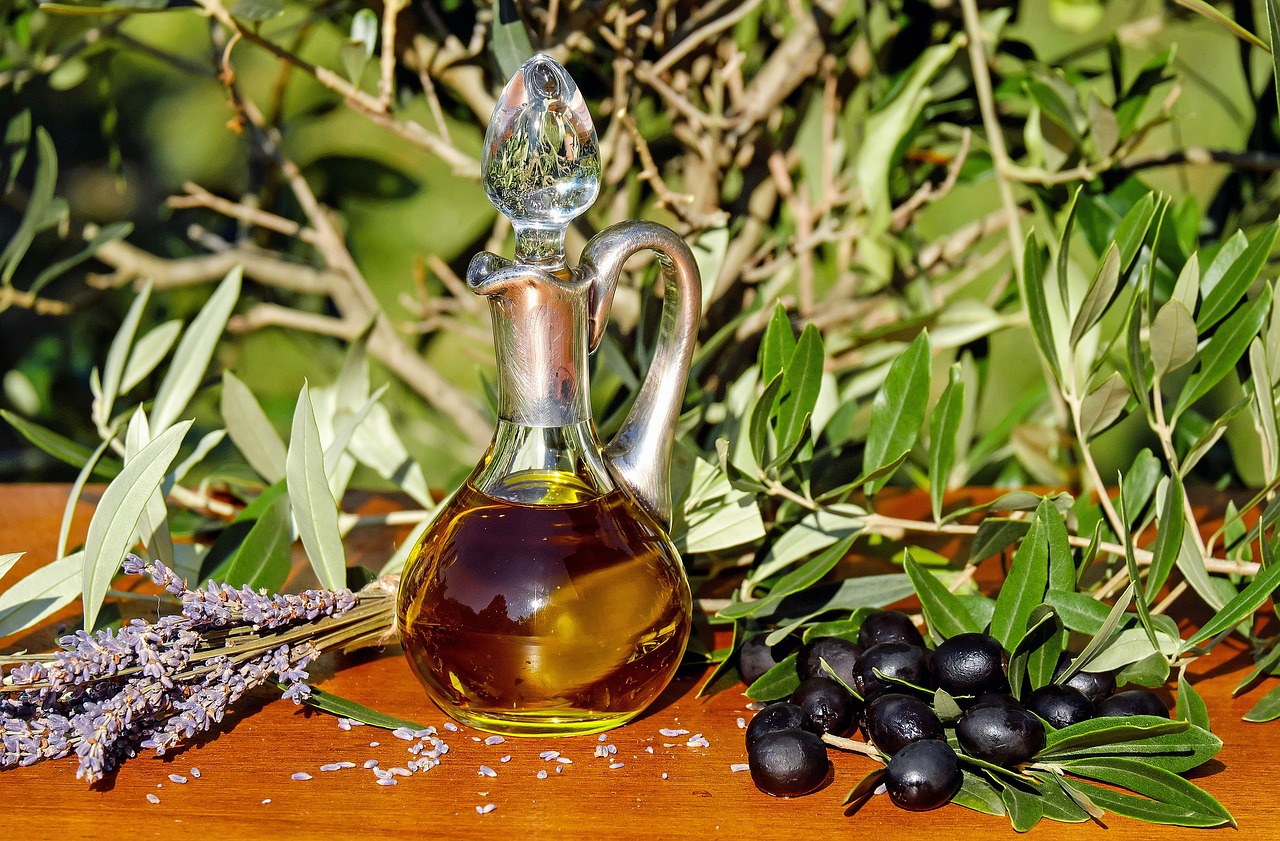
Types of Glass Bottles
When it comes to crafting stunning terrariums, the choice of glass bottle can make all the difference. Each type of bottle has its unique characteristics that can influence the overall aesthetic and functionality of your terrarium. Let's dive into the most popular options available and explore how they can elevate your DIY project.
First up, we have wine bottles. These elegant vessels are perfect for larger terrariums due to their height and sleek design. Imagine a lush, vibrant garden encapsulated within a beautifully curved glass structure. Wine bottles provide ample space for plant roots to spread and thrive. To prepare a wine bottle for your terrarium, you may need to cut the bottle, which can be done using a glass cutter or a specialized bottle-cutting tool. Remember to smooth out the edges to prevent any sharp surfaces that could harm your plants.
Next on our list are mason jars. These versatile and readily available jars are fantastic for smaller terrarium designs. Their wide mouth allows for easy access, making it simple to arrange your plants and add decorative elements. Mason jars come in various sizes, so you can choose one that fits your vision perfectly. When using mason jars, layering is key. Start with a layer of small pebbles for drainage, followed by activated charcoal to keep the environment fresh, and then add potting soil. This setup not only looks great but also promotes healthy plant growth.
Another interesting option is soda bottles. These bottles are lightweight and come in various shapes, making them a fun choice for creative terrarium designs. While soda bottles may not offer the same level of elegance as wine bottles or mason jars, their clear plastic allows for a unique view of the roots and soil. To use a soda bottle, simply cut the top off, invert it, and place it back into the bottom half to create a mini greenhouse effect. This method is particularly effective for growing moisture-loving plants.
In addition to these common types, there are also decorative glass bottles that can add a touch of personality to your terrarium. These might include vintage bottles, colored glass, or uniquely shaped containers that stand out as art pieces. Using decorative bottles can transform your terrarium into a conversation starter, showcasing not just the plants but also the beauty of the container itself.
Ultimately, the type of glass bottle you choose will depend on your personal style, the plants you want to include, and the overall look you're aiming for. Whether you go for the sophisticated appeal of a wine bottle, the practicality of a mason jar, or the playful nature of a soda bottle, each option presents an opportunity to express your creativity and bring a slice of nature indoors. So, which bottle will you choose for your next terrarium project?
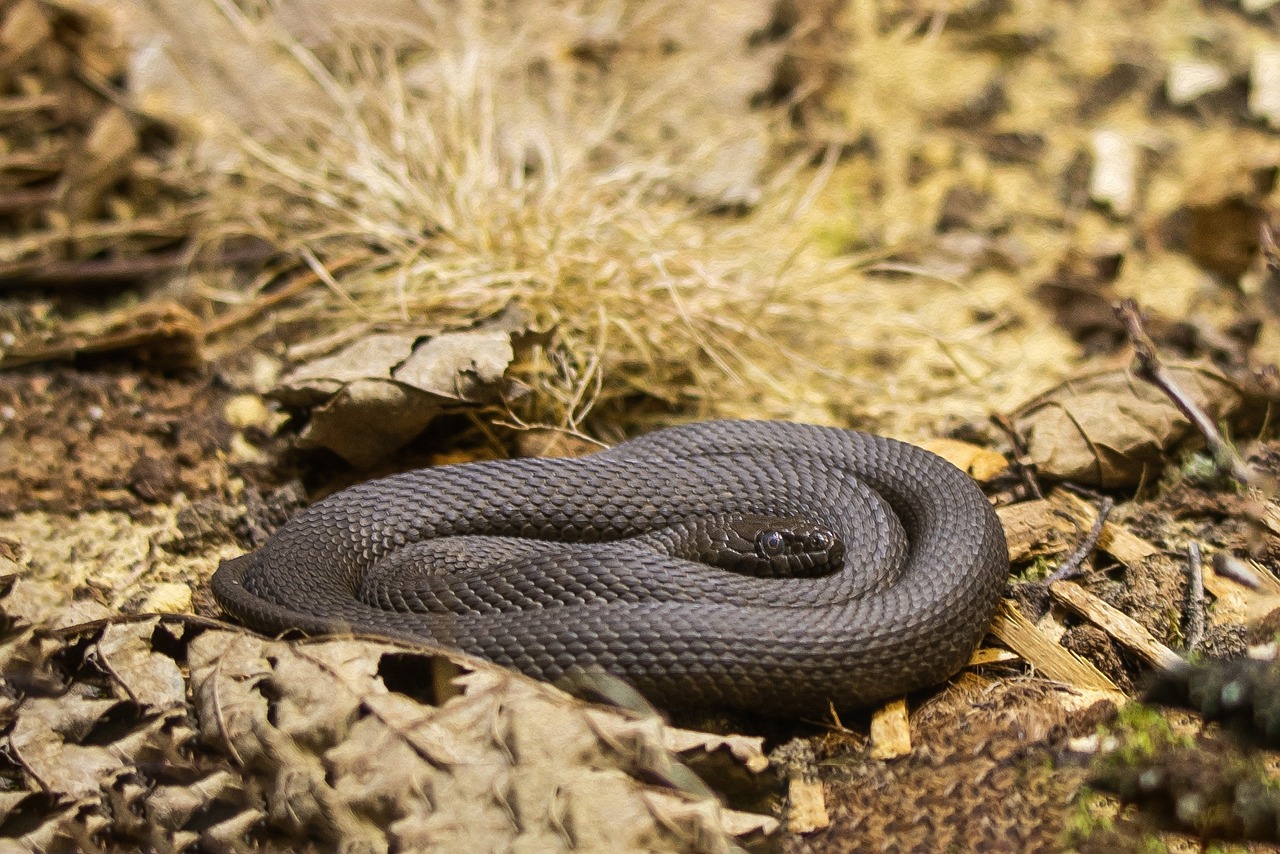
Wine Bottles
Wine bottles are not just vessels for your favorite Cabernet or Chardonnay; they are also fantastic canvases for your creativity when it comes to terrarium crafting. Their sleek, elongated shape provides ample space for a variety of plants, allowing you to create a stunning display that can be both a conversation starter and a beautiful addition to your home decor. But before you dive into your upcycling adventure, it’s essential to understand how to prepare and utilize these bottles effectively.
First things first, you’ll want to ensure your wine bottles are clean. Rinse them thoroughly to remove any remnants of wine, and soak them in warm soapy water for a few hours to help loosen any stubborn labels. Once the labels are off, give them another good rinse to ensure they’re spotless. A clean bottle is crucial because any leftover residue can affect the health of your plants and the overall aesthetics of your terrarium.
After cleaning, you might want to consider cutting the bottle to create an open terrarium. This can be a bit tricky, but with the right tools—like a glass cutter and safety gear—you can transform a standard wine bottle into a beautiful open-air terrarium. If you're not comfortable with cutting glass, don’t worry! You can always use the bottle as is, creating a closed terrarium that maintains humidity, which is perfect for certain plant types.
When it comes to designing your terrarium, you can think of your wine bottle as a mini ecosystem. Start by adding a layer of small pebbles at the bottom for drainage, followed by activated charcoal to keep the air fresh and prevent mold. Then, add a layer of potting soil, which will be the foundation for your plants. Depending on the size of your bottle, you might want to use small plants like ferns or moss, which thrive in the humid environment of a closed terrarium.
To make your terrarium truly unique, consider adding decorative elements such as small figurines, stones, or even colored sand. These elements not only enhance the visual appeal but also reflect your personality and style. Remember, the key to a successful wine bottle terrarium is balance—both in terms of aesthetics and plant health. Ensure you don’t overcrowd the bottle, as plants need space to grow and thrive.
In conclusion, wine bottles are versatile and beautiful options for terrarium crafting. With a little creativity and some basic preparation, you can transform a simple bottle into a lush, vibrant environment that brings a touch of nature indoors. So, gather your materials, unleash your creativity, and let your wine bottle terrarium journey begin!
- Can I use any type of wine bottle for my terrarium? Yes, but it's best to use bottles that are relatively clean and free from any strong odors.
- How much sunlight do my terrarium plants need? Most plants thrive in indirect sunlight. Direct sunlight can cause overheating in a closed terrarium.
- How often should I water my terrarium? Typically, you should water it every few weeks, depending on the humidity level inside the bottle.
- Can I use artificial plants in my terrarium? Absolutely! Artificial plants can be a great option if you're looking for low maintenance.

Mason Jars
Mason jars are not just for preserving your grandma's famous jam; they are a fantastic choice for creating beautiful terrariums! Their versatility and accessibility make them a go-to option for both beginners and seasoned DIY enthusiasts. The clear glass allows you to showcase the vibrant colors of your plants and the intricate layers of soil and decorative elements inside. Plus, they come in various sizes, so you can create anything from a tiny desktop garden to a larger centerpiece for your dining table.
When using mason jars for your terrarium, it’s essential to consider a few key factors to ensure your plants thrive. First, think about the size of the jar. A wide-mouth jar can provide ample space for your plants to grow, while a smaller jar will require you to choose more compact species. Layering is another crucial aspect to consider. You want to create a well-draining environment for your plants. Start with a layer of small pebbles or gravel at the bottom to allow excess water to escape, preventing root rot. Follow this with activated charcoal to filter the air and keep your terrarium fresh.
Next, add a layer of potting soil suitable for the plants you’ve chosen. If you’re using succulents, a sandy soil mix will work best, while tropical plants thrive in a richer, organic soil. You can also consider adding some moss on top for a pop of color and to help retain moisture. Once your layers are set, it’s time to plant! Make sure to space your plants adequately, allowing room for them to grow. Don’t forget to water them lightly after planting, but be cautious not to overdo it, as mason jars can trap moisture.
One of the most exciting aspects of using mason jars is that you can personalize your terrarium with decorative elements. Consider adding small figurines, stones, or even colored sand to enhance the visual appeal of your creation. The possibilities are endless! Just remember to keep the aesthetic balanced and not overcrowd your plants. With a little creativity, your mason jar terrarium can become a stunning focal point in any room.
In summary, mason jars are an excellent medium for terrarium crafting. They offer a unique way to bring a touch of nature indoors while allowing your creativity to shine. So grab your mason jars, some soil, and your favorite plants, and let the magic of terrarium-making begin!
- Can I use any type of plant in my mason jar terrarium? - Not all plants will thrive in a closed environment. Choose plants like succulents, ferns, or small tropical plants that are suited for terrarium life.
- How much light do mason jar terrariums need? - Most terrariums prefer indirect sunlight. Direct sunlight can cause the temperature inside the jar to rise rapidly, potentially harming your plants.
- Do I need to water my terrarium often? - It's essential to monitor the moisture level. Generally, you can water your terrarium every few weeks, depending on the plants and the environment.
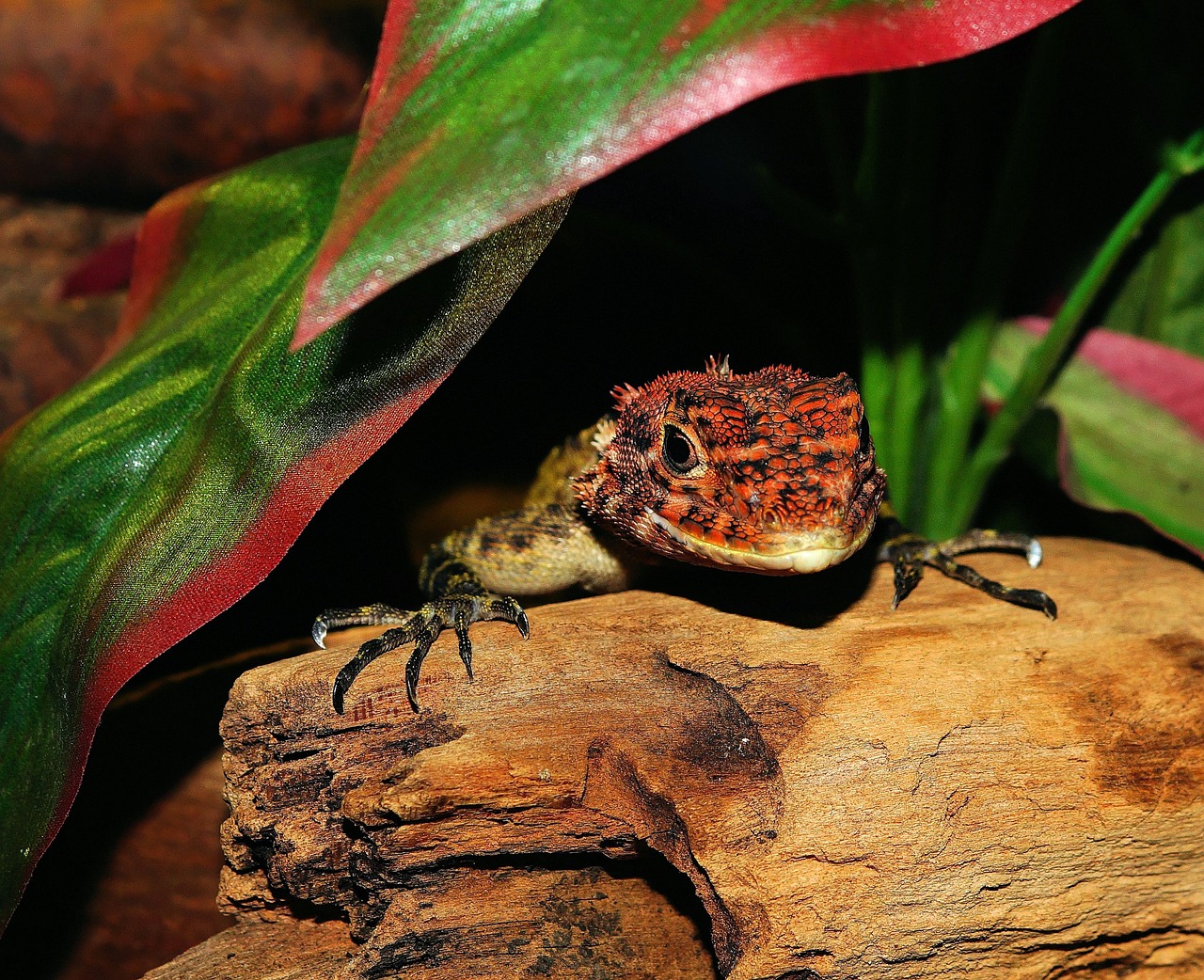
Preparing Your Glass Bottles
When it comes to creating stunning terrariums, the first step is all about preparation. Preparing your glass bottles properly sets the stage for a flourishing mini-ecosystem. Start by gathering your materials: you'll need a glass bottle of your choice, a sponge or cloth, warm soapy water, and possibly some tools for cutting if you're working with larger bottles. The process can be a bit messy, but that's part of the fun!
First, give your glass bottles a thorough cleaning. Any residue or labels left on the glass can interfere with the aesthetic of your terrarium and even affect plant growth. Soak the bottles in warm soapy water for about 15 minutes to loosen any labels. Then, use your sponge or cloth to scrub away any remaining glue or dirt. Rinse thoroughly with clean water and let them dry completely. Remember, a clean bottle is a happy bottle!
If you’re using larger bottles, you might want to consider cutting them to create an open terrarium. This can be a bit tricky, but with the right tools, it’s absolutely doable. Use a glass cutter to score the bottle where you want to cut. Once you’ve made the score, you can gently tap the bottle to break it along the line. Just be sure to wear protective gloves and eyewear during this process to keep yourself safe!
After cutting, it’s essential to smooth out any sharp edges. You can do this by gently sanding the cut edges with fine-grit sandpaper. This step is crucial, as sharp edges can harm both you and your plants. Once you’ve smoothed the edges, rinse the bottle again to remove any glass dust.
Finally, sealing the bottle is an optional step, especially if you’re creating a closed terrarium. You can use a sealant to help keep moisture in, but make sure it’s suitable for glass and safe for plants. If you prefer an open terrarium, you can skip this step and let your plants breathe freely!
In summary, the preparation of your glass bottles is a vital process that can impact the overall success of your terrarium. By following these steps, you’ll ensure that your glass container is not only beautiful but also a healthy environment for your plants to thrive. With a little patience and creativity, your upcycled bottles will soon transform into stunning terrarium displays that will impress anyone who sees them!
- Can I use any type of glass bottle for my terrarium? Yes, you can use various types of glass bottles, but ensure they are clean and free of any harmful residues.
- Do I need to cut the bottle for my terrarium? It's not necessary to cut the bottle, especially if you're using a jar or a bottle that allows for easy access. Closed terrariums can thrive without cutting.
- How do I seal my terrarium? If you want a sealed terrarium, you can use a silicone sealant around the edges after cutting. Make sure it's safe for plants.
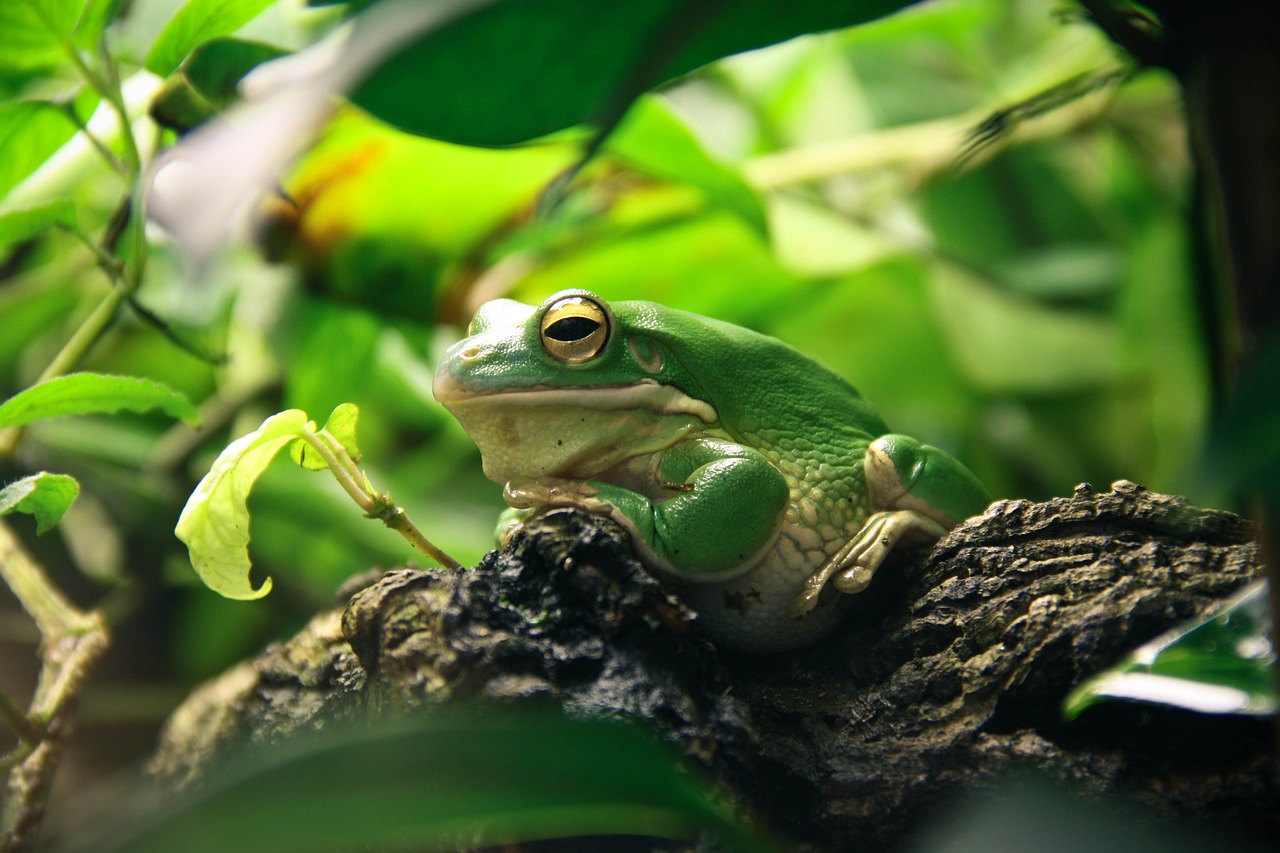
Choosing Plants for Your Terrarium
When it comes to creating a stunning terrarium, the selection of plants is absolutely crucial. You want your miniature ecosystem to not only look great but also thrive within the confines of your glass container. So, how do you choose the right plants? First, consider the environment you can provide. Different plants have different needs, and understanding these will help you create a balanced ecosystem that flourishes.
For instance, if you’re leaning towards a low-maintenance option, you might want to consider succulents. These hardy plants are perfect for beginners since they require minimal watering and can adapt to various lighting conditions. On the other hand, if you’re feeling a bit more adventurous, tropical plants can bring a lush, vibrant feel to your terrarium. However, they do require a bit more care, including consistent moisture and humidity.
Here’s a quick comparison to help you decide:
| Plant Type | Care Level | Light Requirements |
|---|---|---|
| Succulents | Low | Bright, indirect light |
| Tropical Plants | Moderate | Indirect light with humidity |
When selecting plants, think about the aesthetic you want to achieve. Mixing different textures and colors can create a visually appealing display. For example, pairing the smooth, fleshy leaves of succulents with the delicate fronds of ferns can add depth and interest. Additionally, consider the growth habits of the plants. Some may grow tall while others spread out, so planning your arrangement will ensure that every plant gets the space it needs to thrive.
Don't forget about the size of your terrarium! A larger container can accommodate more plants, allowing you to create a miniature landscape, while smaller containers may require you to stick with just one or two plants. If you’re going for a small jar, a single, striking succulent might be all you need. But if you’re working with a larger wine bottle terrarium, you can create a whole ecosystem with layers of different plants.
Finally, remember to think about the maintenance required for your chosen plants. Some plants might need more frequent watering or specific soil types to thrive. Researching the needs of your chosen species will save you time and effort in the long run. After all, the goal is to create a beautiful, self-sustaining environment that you can enjoy without constant upkeep!
- Can I mix different types of plants in my terrarium? Yes, mixing different types of plants can create a more dynamic and visually interesting terrarium, as long as their care requirements align.
- How often should I water my terrarium? This depends on the plants you choose; however, a general rule is to check the soil moisture weekly and water when it feels dry.
- Do I need to fertilize my terrarium plants? Fertilization is usually not necessary, especially in the first few months. If you notice slow growth, consider using a diluted liquid fertilizer.
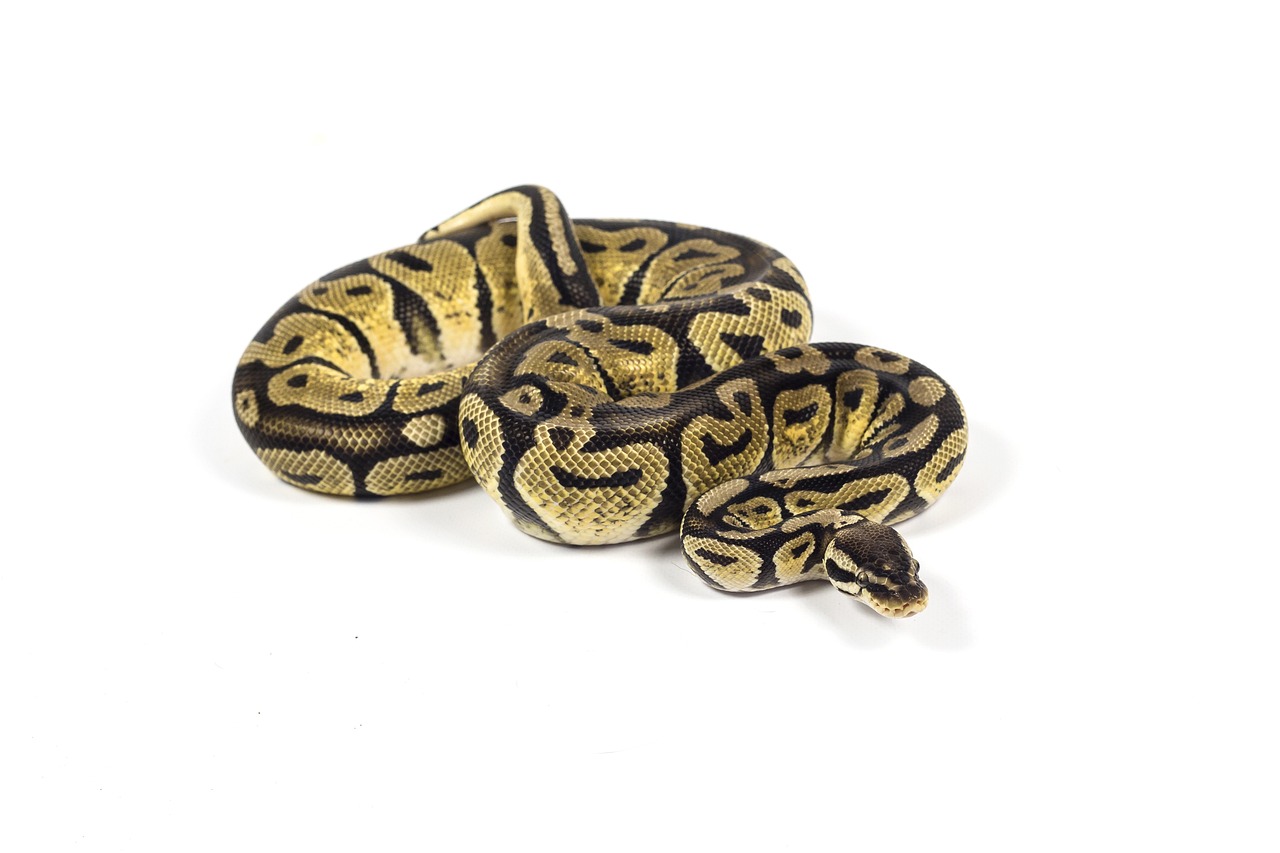
Succulents vs. Tropical Plants
When it comes to creating a stunning terrarium, one of the most important decisions you’ll face is choosing the right plants. Among the most popular options are succulents and tropical plants. Each type brings its own unique charm and care requirements, making them suitable for different environments and aesthetics. Understanding the differences between these two categories can help you design a terrarium that not only looks great but thrives over time.
Succulents are known for their thick, fleshy leaves that store water, making them incredibly resilient in dry conditions. They come in a variety of shapes, sizes, and colors, which can add a playful touch to your terrarium. The beauty of succulents lies in their low maintenance; they thrive in bright light and require minimal watering. This makes them perfect for those who may not have a green thumb or for busy individuals who want a beautiful plant without the fuss. However, it’s essential to remember that succulents prefer well-draining soil and should not be overwatered, as this can lead to root rot.
On the other hand, tropical plants, such as ferns and mosses, bring a lush, vibrant look to your terrarium. These plants generally require more moisture and humidity, making them ideal for closed terrariums or those placed in a more humid environment. Tropical plants often have broader leaves and a more diverse range of colors and textures, which can create a stunning visual contrast when paired with the geometric forms of succulents. However, they do require regular watering and careful monitoring of humidity levels, which can be a bit more demanding than caring for succulents.
To help you decide which plant type is best for your terrarium, consider the following factors:
- Light Requirements: Succulents thrive in bright, direct sunlight, while tropical plants prefer indirect light.
- Watering Needs: Succulents need infrequent watering, whereas tropical plants require consistent moisture.
- Humidity Levels: Tropical plants flourish in high humidity, making them ideal for closed terrariums.
Ultimately, the choice between succulents and tropical plants will depend on your personal preferences and the specific conditions of your terrarium environment. You might even consider mixing both types for a dynamic look! Just ensure that you group plants with similar care requirements together to maintain a healthy ecosystem.
1. Can I mix succulents and tropical plants in the same terrarium?
Yes, you can mix them, but it's essential to group plants with similar care needs to ensure they thrive together.
2. How often should I water my succulents?
Succulents typically need watering every 2-3 weeks, depending on the humidity and temperature of your environment.
3. Do tropical plants need special soil?
Yes, tropical plants usually thrive in soil that retains moisture but also drains well, often a mix of potting soil and perlite or sand.
4. What is the best light for succulents?
Succulents prefer bright, direct sunlight for at least 6 hours a day to remain healthy and vibrant.
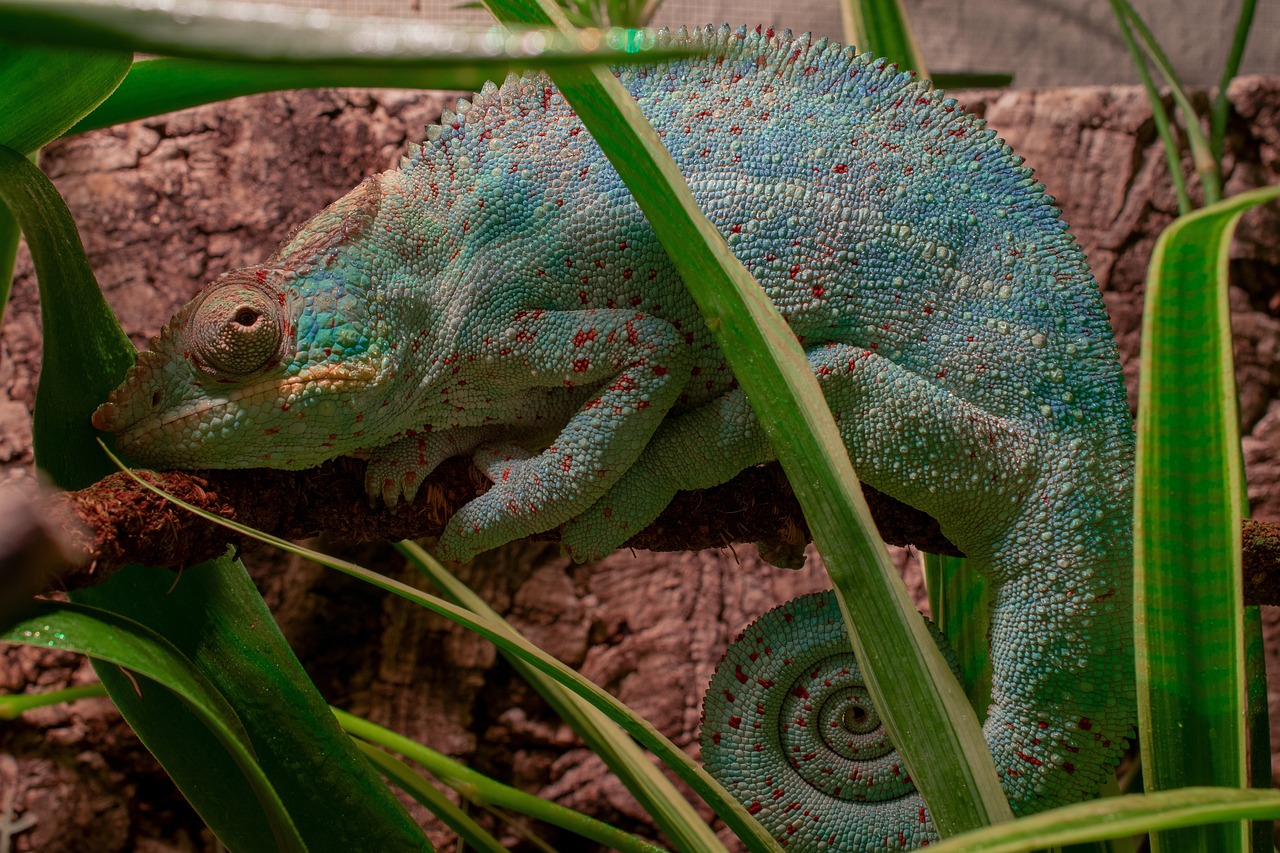
Layering Techniques for Terrariums
Creating a thriving terrarium is much like constructing a miniature ecosystem, and the key to success lies in the layering techniques you employ. Think of your terrarium as a beautifully crafted cake, where each layer plays a crucial role in the overall structure and health of the plants within. The first thing to consider is drainage, which is essential to prevent water from accumulating at the bottom of your glass container. Without proper drainage, roots can rot, and your plants will suffer. To achieve this, start with a layer of small stones or pebbles, approximately 1-2 inches deep, at the bottom of your terrarium.
Next, you’ll want to add a layer of activated charcoal, which acts as a natural filter, keeping the environment fresh and free from odors. This layer is typically about 1 inch thick and helps to absorb any excess moisture that could lead to mold or bacterial growth. After the charcoal, it’s time to introduce your soil layer. Use a high-quality potting mix that’s suitable for the types of plants you’re including in your terrarium. For a standard terrarium, a layer of about 2-4 inches of soil is ideal, but this may vary depending on the size of your plants and the depth of your container.
As you layer your terrarium, think about the visual aesthetics as well. Consider incorporating decorative elements such as colored sand, moss, or small figurines to enhance the overall look. These elements not only add beauty but also contribute to the health of your plants by retaining moisture and providing a habitat for beneficial organisms. When layering, it’s important to keep in mind the growth habits of your plants. Taller plants should be placed towards the back or center of the terrarium, while shorter ones can be positioned towards the front, ensuring that all plants receive adequate light.
Finally, remember that terrariums are a living art piece, and they will evolve over time. Regularly check the moisture levels and adjust the layers as needed. You may need to add more soil or decorative elements as plants grow and fill out. It's all about balance! By following these layering techniques and paying close attention to your terrarium's needs, you’ll create a lush, vibrant environment that not only looks stunning but also thrives.
- How often should I water my terrarium? It depends on the plants you choose, but generally, watering every 2-4 weeks is sufficient.
- Can I use regular soil for my terrarium? It’s best to use a potting mix designed for terrariums, as it provides better drainage and aeration.
- Do I need to provide sunlight for my terrarium? Yes, most terrariums require indirect sunlight. Avoid direct sunlight, as it can overheat the plants.
- What types of plants are best for terrariums? Succulents, ferns, and air plants are popular choices, but make sure to choose plants with similar moisture needs.
Frequently Asked Questions
- What is upcycling and why is it important?
Upcycling is the creative process of transforming waste materials into new products, enhancing their value and usability. It's important because it reduces waste, conserves resources, and encourages creativity. By upcycling glass bottles into terrariums, you not only help the environment but also create unique, functional art pieces!
- What types of glass bottles are best for terrariums?
When it comes to terrariums, the best glass bottles include wine bottles, mason jars, and soda bottles. Each type has its own charm and suitability. For instance, wine bottles are great for larger displays, while mason jars are perfect for smaller, more accessible projects. The choice ultimately depends on your design vision!
- How do I prepare glass bottles for terrarium crafting?
Preparing glass bottles involves a few simple steps: first, clean the bottles thoroughly to remove any labels and residue. Next, if you want to create an open terrarium, you might need to cut the bottle, which requires careful handling. Finally, ensure the edges are smooth and safe to touch. This preparation is crucial for a successful terrarium!
- What plants are suitable for terrariums?
Choosing plants for your terrarium can be a fun adventure! Succulents and tropical plants are popular options. Succulents are low-maintenance and prefer drier conditions, while tropical plants thrive in humidity. Consider your terrarium's environment and choose plants that will complement each other for a balanced ecosystem!
- How do I layer my terrarium for optimal plant health?
Layering is essential for creating a thriving terrarium. Start with a drainage layer at the bottom to prevent waterlogging, followed by a layer of activated charcoal to keep the environment fresh. Then, add potting soil and your chosen plants. Don’t forget to include decorative elements like stones or moss for added beauty!
- Can I use recycled materials other than glass bottles for terrariums?
Absolutely! While glass bottles are a popular choice, you can get creative with other recycled materials like plastic containers, old fish tanks, or even wooden boxes. Just ensure that whatever you use can hold moisture and has the right conditions for plant growth. The sky's the limit!
- How much sunlight do terrariums need?
Most terrariums thrive in bright, indirect sunlight. Direct sunlight can cause overheating and damage the plants inside. A good rule of thumb is to place your terrarium near a window that gets filtered light. If you're using succulents, they might enjoy a bit more direct sunlight compared to tropical plants!



















